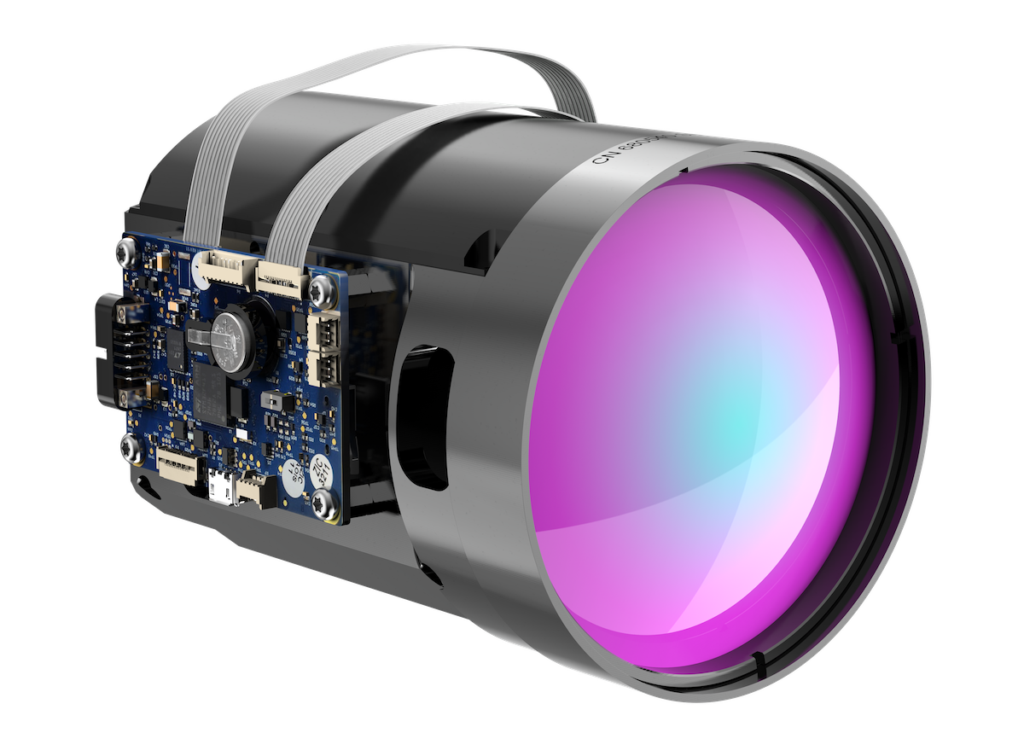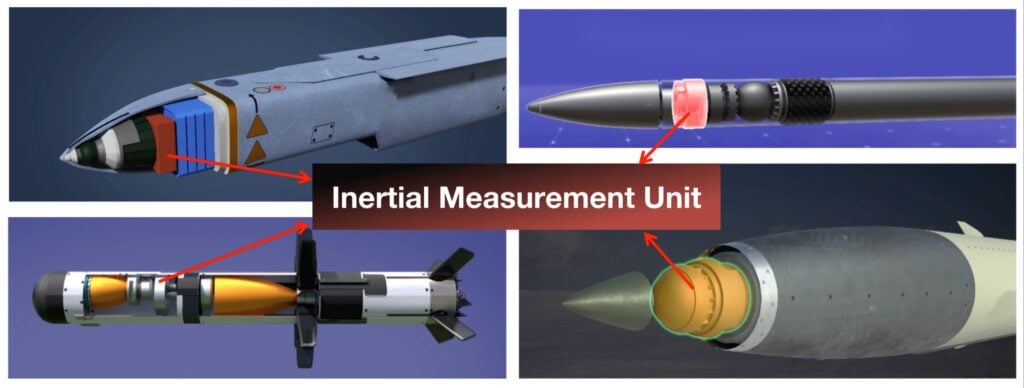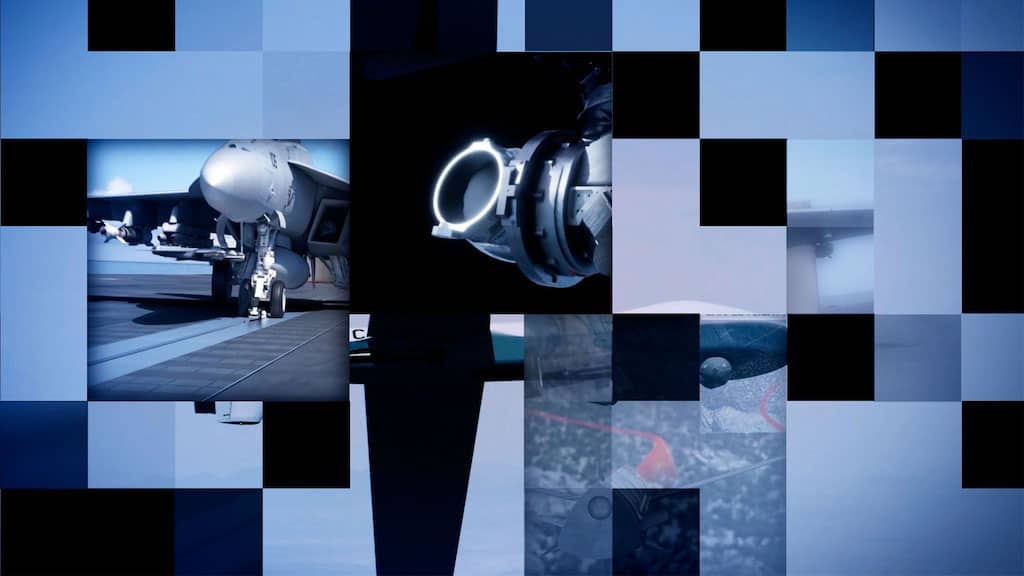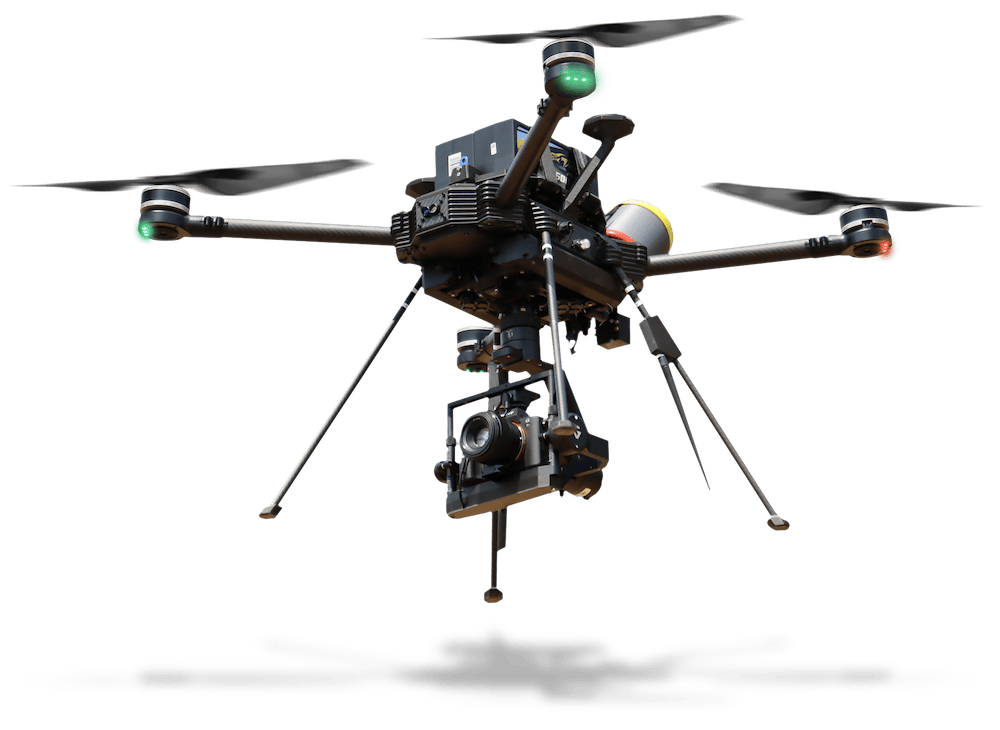
Tactical UAS
Discover cutting-edge solutions from 5 leading global suppliers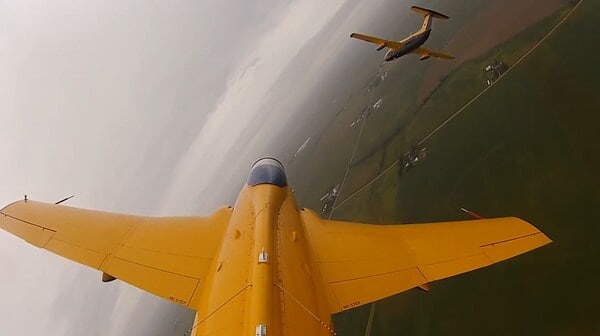
Lockheed Martin Skunk Works® has partnered with the University of Iowa’s Operator Performance Laboratory (OPL) to demonstrate the use of artificial intelligence (AI) in air-to-air intercept scenarios.
In the successful flights, AI directly flew and conducted tactical exercises with a full-scale, live aircraft – one of OPL’s L-29 Delfin jets – using heading, speed and altitude commands. The team executed simulated-to-real transfer test objectives against a virtual adversary in offensive and defensive risk postures.
Eight test cases were conducted per flight to exercise the AI agent in a variety of situations, from standard head-to-head fights to off-aspect encounters, missile support and missile defeat scenarios. The team was encouraged to see clean sim-to-real transfer of learned behaviors and that the AI agent appeared intentional and decisive in its actions.
These flight tests are part of a broader initiative to rapidly develop and test AI-driven autonomy for air-to-air missions, and their success marks a significant milestone for Skunk Works’ Tactical AI team. Several other flight tests are planned for this year, building on the recent flights. These tests will be more complex, introducing additional aircraft into offensive counter air and battle management scenarios.
Lockheed Martin is elevating AI mission performance in operationally representative simulated environments, using open mission systems standards to ensure broad compatibility and rapid transition with future platforms. The company provides AI and machine learning solutions that augment human performance by processing, fusing, and analyzing tremendous volumes of data to give our customers actionable intelligence and a strategic advantage.
Lockheed Martin is aligned and closely adheres to the U.S. Department of Defense’s guidance on the ethical and safe use of autonomous systems. Humans are and will remain on-the-loop, providing final decision-making authority in Lockheed Martin AI and machine learning systems.
Dr. Tom “Mach” Schnell, OPL professor at Iowa Technology Institute, commented; “This was the first live exercise of the new flight interface; it’s thrilling to see the separate components successfully integrate on the L-29 to demonstrate new capabilities. The complete system performed even better in live flight than in simulation.”
Matthew “Gabe” Beard, Lockheed Martin Skunk Works autonomy/AI and machine learning engineering manager, added; “Live flight tests are a crucial aspect of advancing our expertise in AI and autonomy. These flights are powerful demonstrations of our ability to quickly and affordably develop and test operationally relevant AI capabilities.”












